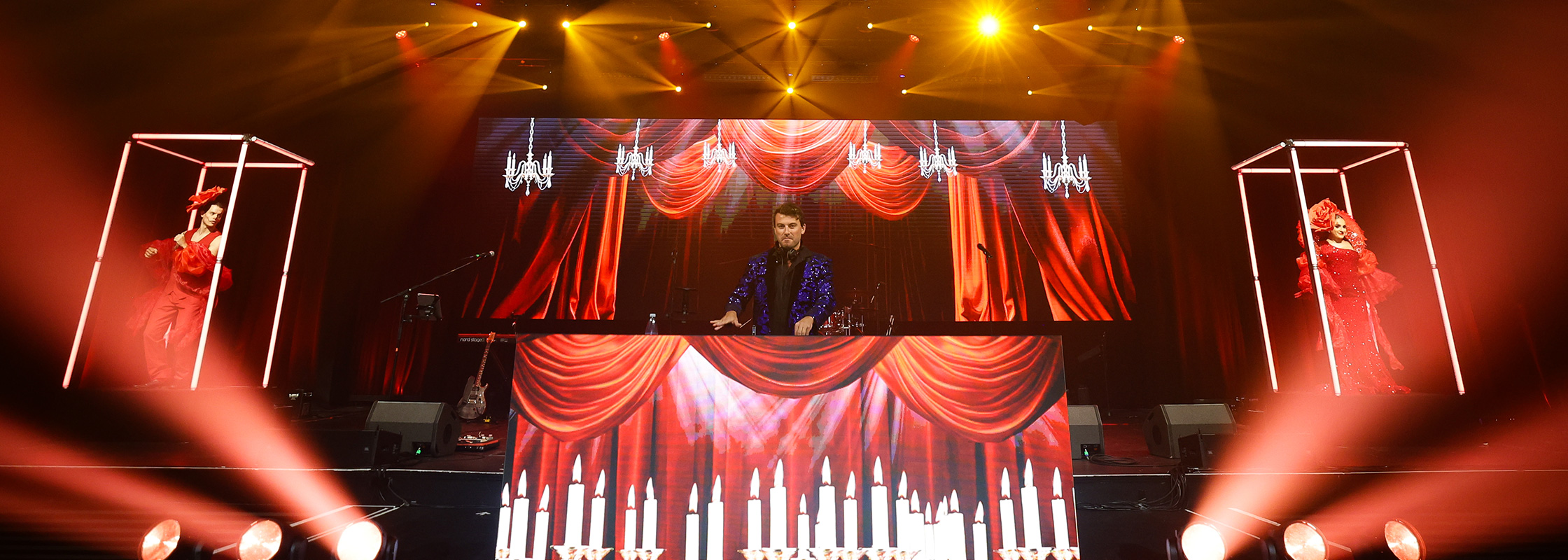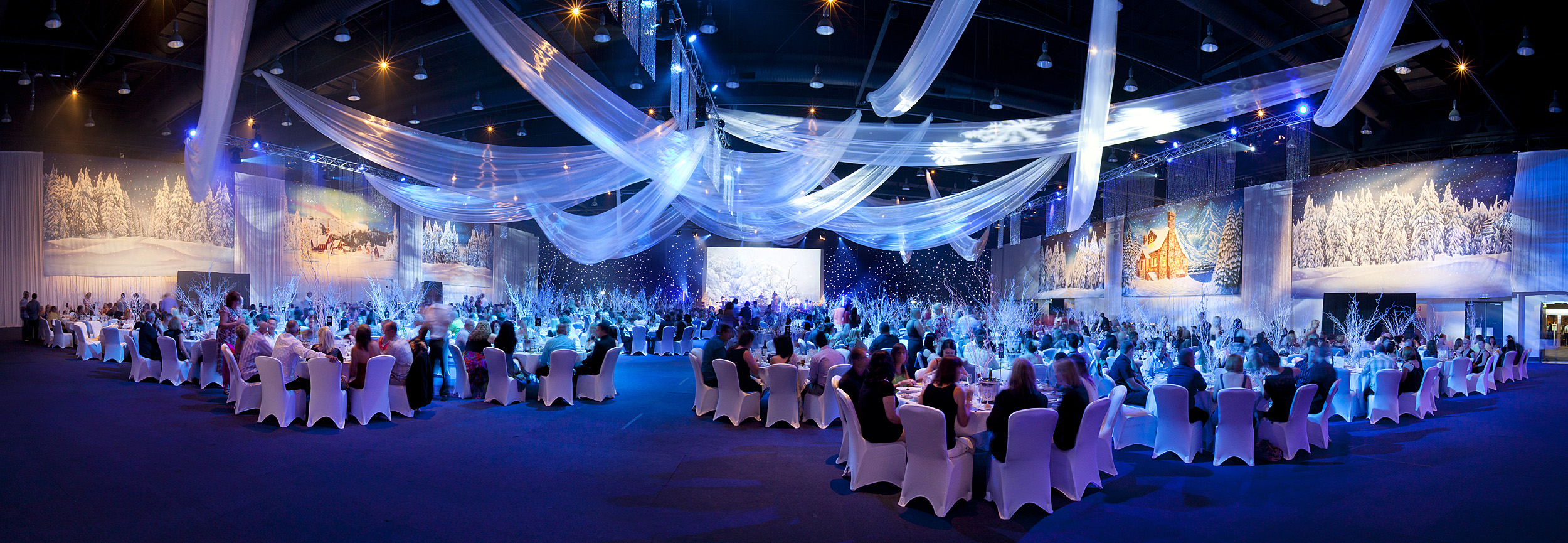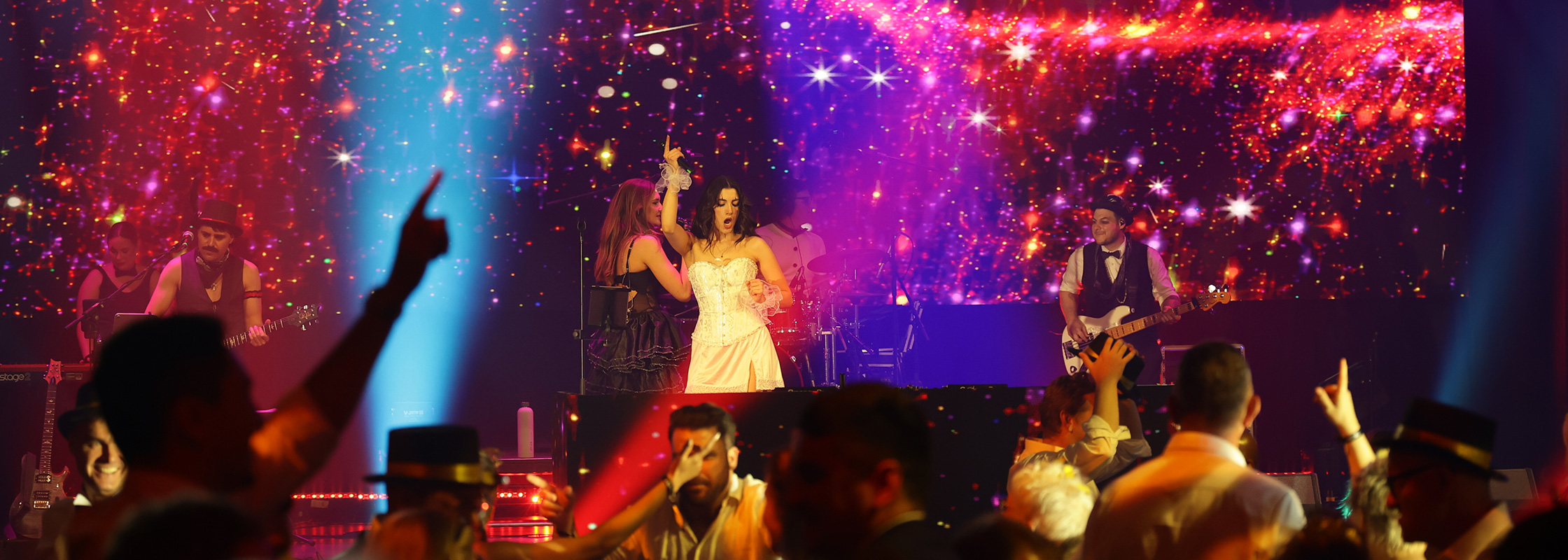 Each week in our Techie Tuesday blog series we will aim to demystify the world of AV equipment and event services lingo and reveal exactly what those techs are talking about. Up today, we clear up the mystery of screen aspect ratios. If you have ever seen a distorted presentation or one where the content doesn’t quite fit the screen chances are there is probably a problem with the aspect ratio.
Each week in our Techie Tuesday blog series we will aim to demystify the world of AV equipment and event services lingo and reveal exactly what those techs are talking about. Up today, we clear up the mystery of screen aspect ratios. If you have ever seen a distorted presentation or one where the content doesn’t quite fit the screen chances are there is probably a problem with the aspect ratio.
AV Discipline: Vision
AV Category: AV Theory
AV Jargon: 4:3, 16:9, Width, Height, Wide Screen
Description:
The aspect ratio of a screen describes the “fixed” relationship between the width and the height. It is always written in a ratio format with the width listed first and the height listed second.
In today’s event market you can find a vast array of presentation products, so finding out the aspect ratio of the screen should be one of the first technical questions asked. By authoring a presentation to match the aspect ratio of the screen, this will ensure the entire screen is filled with content. Presentation software such as PowerPoint and Keynote provide adjustable page setups to cater for different aspect ratios.
AV terminology such as “letter box” or “pillar box” describes an image that does not fill the screen due to a miss-match of aspect ratios, this can be distracting for the audience. While projectors and monitors can stretch and squash an image to fill the screen, this will lead to image distortion, dramatically impacting the look of the presentation. This can be a trigger for the “Logo/Brand Police” to suddenly appear and request the distorted image to be fixed.
For decades the standard aspect ratio was known as “4:3” as it widely adopted by the broadcast and computer industries. Since the recent introduction of High Definition video, the wider 16:9 aspect ratio has emerged as the new standard. With rapid advances in technology, manufactures are building products such as laptops, tablets, and mobile phones with a wide range of aspect ratios including 16:9, 8:5, 4:3, 5:3, 3:2, and 5:4 so knowing the correct aspect ratio of the screen is more important than ever.

Image Source: Staging Connections | Learning and Development
For any upcoming event that requires a screen, be sure to enquire into the aspect ratio and pass this information onto your presenters, content authors, and multimedia designers to ensure compatibility and the perfect presentation every time.
Next week we shine a light on the ‘Ballyhoo’ and discuss when and where you would use them on your events. In the meantime if you have any suggestions or specific words you would like our AV experts to demystify for you please send your suggestions through to info@encore-anzpac.com




Comments